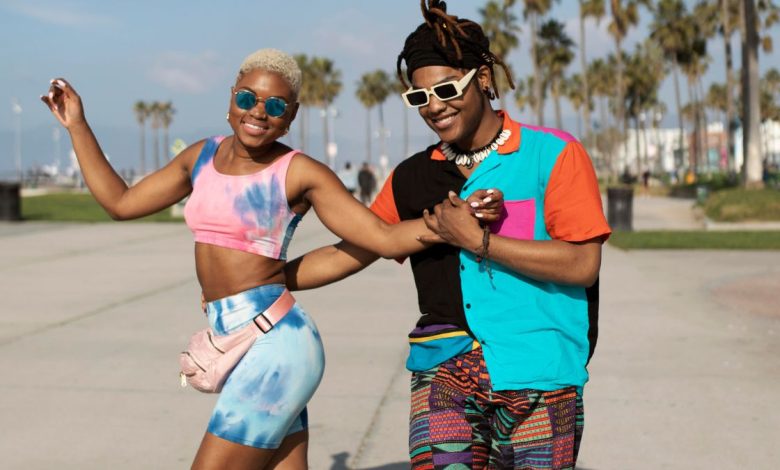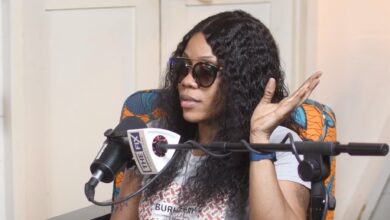Exploring the Evolution of Dancehall Music in Jamaica

Jamaica is the homeland to many music genres, and we are all aware of that. However, one of the most impactful genres that Jamaica gave the world is the dancehall music. The term itself refers to the space, so the dancehall with people gathered to enjoy and dance, where this genre of music was firstly played.
Dancehall is often referred to as the offspring of reggae, since it came right after it in the late 1970s. Like the other genres, dancehall represents the vibrant and dynamic vibe of Jamaica with beats and lyrics that transmit a very energetic mood. Although born in Jamaica, even now 50 years later, dancehall is highly popular all around the world. Dancehall has not only entered the global music as a genre on its own, but it has also influenced the other genres.
Nevertheless, today dancehall is present in diverse settings as well, not just in bashments with a gathering of people. For instance, dancehall music is often a choice of music for gambling, or frequently found in the playlists of random cafes. But how did dancehall music evolve to the form it has today? Join us in this article to explore the history of dance halls and how they all came to be.
The Roots of Dancehall Music
Dancehall music has its genesis in Jamaica. This genre is also known by the terms ragga or dub, where usually a deejay is part of the performance. One of the earliest deejays that appeared on the stage in the 1970s was U-Roy (named Ewart Beckford), who began toasting over popular reggae songs of that time. Another famous name is Yellowman, born Winston Foster who contributed towards making dancehall music even more popular than it was a decade after it appeared, in 1980s. This is also the year when dancehall music spread heavily in Jamaica but also beyond.

When talking about lyrics, dancehall music covered several types of topics in its texts. It more or less captured everyday life in Jamaica, and as such there were songs about the social or political situation of the time, songs about love, songs about parties, songs about personal stories, and so forth. Apart from that, as was already mentioned in the article, dancehall music was always accompanied by dancing and dance moves such as bogle, butterfly and nuh linga were primarily part of the performance.
Dancehall Culture and Subgenres
Dancehall is not just a genre of music, it is beyond that, it is a culture in itself. There are specific hairstyles, street fashion and vibrant aesthetics that are part of the music culture itself and identify with it. These elements are often part of the music videos of dancehall music but there are also people who choose to embrace it as a lifestyle. Dancehall culture serves as a way of self-expression for Jamaicans, since most of the songs address everyday struggles that people can relate to.
Besides that, there are several subgenres that have emerged from the popularity of dancehall music worldwide. Some of the most popular subgenres include ragga, bashment, conscious dancehall, afro dancehall and so forth. The evolution of these novice subgenres portrays the versatility of dancehall music, which is able to adjust and accept diverse tastes and preferences among the fan bases. Even though they were born out of a single genre, all of these subgenres have their own unique sounds and characteristics.
Dancehall Music in the Future
Dancehall, being a thriving genre, has evolved a lot from the year it was first introduced, influenced by many indicators within Jamaica but also on global level. For instance, with the technological advancements, the digital production advanced as well, and consequently, it revolutionized the genre’s sound. On the other hand, the global influence is particularly felt after the genre was mixed and as a result adapted elements of pop music, hip hop, EDM and so forth.
Based on what was presented in this article, we can easily say that the future of dancehall music will be just as fruitful. It is expected that dancehall music will follow the technological advancements in the future, and most likely expand even more in countries where its presence is vague. If you are also somebody who is not familiar with the genre, have a look at these top 20 dancehall songs and let us know what you think.
Nevertheless, it should be acknowledged that the more recognition the genre gets, the more important it is to make sure that it is maintaining its origin and roots while also allowing other elements in.
Conclusion
We can conclude that dancehall music has contagious rhythms, which is probably why the genre is so popular with listeners all around the world. It is important to appreciate dancehall’s enormous cultural influence and the musicians who have made it a phenomenon on a global scale. In this article, we explored dancehall’s past by celebrating it, we gave acknowledgement to the present state, but we are also thrilled and look forward to the genre’s future. Dancehall continues to be a lively representation of Jamaican culture that connects with music fans all over the world, from the streets of Kingston to the international stage.



